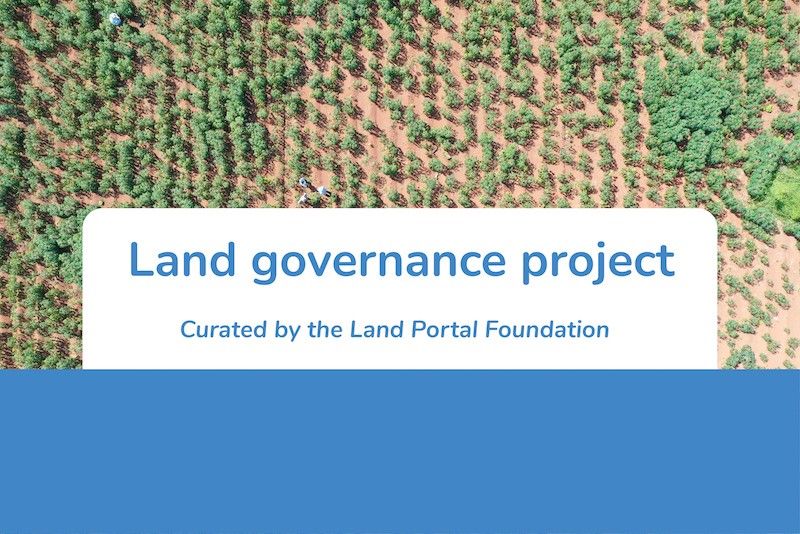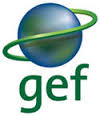Community / Land projects / Provision of Improve Shelter Materials and INFIs for Returnee in Um Baru locality - North Darfur
Provision of Improve Shelter Materials and INFIs for Returnee in Um Baru locality - North Darfur

€205017.8987
06/16 - 05/17
Completed
This project is part of
Implementing Organisations
Donors
Data Providers
Objectives
On the line of The Sudan integrated response planning framework to promote sustainable return and reintegration (This framework for an integrated response, developed by the RRR (Recovery, Return and Reintegration) Sector, brings together efforts and expertise of humanitarian and development actors in selected areas of return. The protracted nature of Sudan’s displacement has demonstrated that it is not sufficient nor efficient to implement humanitarian and development activities in isolation, but that a sustainable response in support of return and reintegration requires closer cooperation between all stakeholders.).The framework have six outputs,this project is designed to achieve the output three (: Returnees are provided with NFIs on arrival, and where needed with transitional and more permanent shelters advocacy for adequate land management) The selected area for these pilot projects is Um Baru locality - North Darfur State about 180 km north west El Fasher city Based on Inter - Agency Mission in Um Baru locality conducted 21 - 24 March 2016 three main areas are identified as high returnees areas in Um Baru locality:(Um Baru is a local name of locality in North Darfur State) 1 - Orchi (name of a village) Villages area located 32 kilometers southeast Um Baru town with 9,300 individuals,7660 adult over 18, 60% are women, the project will serve 500 HHs (household) (2500 individual500 men, 700 women, 600 boys and 700 girls) by providing them with improve shelter materials and NFIs. 2 - Anabagi (name of a village) Villages area located 56 kilometers southeast Um Baru with 4,300 individual the project will serve 500 HHs (2500 individual 500 men, 700 women, 600 boys and 700 girls) by providing one kit of improve shelter materials and one kit of NFIs for each HH. 3 - Abu Leha (name of a village) Villages area located 21.6 KM northeast Ana Bagi with 6500 adult over 18 and 3500 children the project will serve 500 HHs (2500 individual 500 men, 700 women, 600 boys and 700 girls) by providing one kit of improve shelter materials and one kit of NFIs for each HH. In addition 200 more permanent transitional shelter will be constructed and distributed to the above village locations as follows: Orchi 65 HHs, Anabagi 70 HHs and Abuliha 65 HHs. The catchment population in the project area Based on Inter - Agency Mission in Um Baru locality conducted 21 - 24 March 2016 is 23,900 individuals include returnees, host communities and People With Special Needs(PWSN), out of which the project will intervene to assist 8500 individual (2000 men, 2500 women, 2000 boys and 2000 girls), Due to high needs and low amount of fund to cover the total beneficiaries, the project will select most vulnerable households based on criteria of selection developed by the implementing partner in collaboration with community leaders of the beneficiary the following are the criteria of selection: * Household headed by woman * Household with more children under 5 * Household with individual of (PWSN) (People With Special Need) * Single elders Along the project cycle building capacity of beneficiaries is carried out through conducting of workshops and orientation sessions in different subjects e.g environmental conservation, natural resource management, GBV (Gender Based Violence), and HIV(Human Immiono-deficiency Virus) 00 Reply to TRC Comments: NOHS is a national organization it will receive sub- grant from the total project budget equivalent to 30,300 USD and occurs in the budget of the project in four lines: Deputy Project Coordinator,Field Officer, Volunteers and NFIs Distribution Cost. The Criteria of selection for 200 Transitional Shelters is different of that for Improve Shelter Materials and NFIs, here only households with children under 5 will receive the transitional shelters because of limited shelters compare to high number of target beneficiaries.




